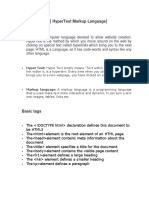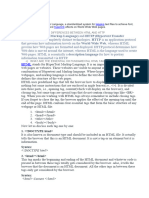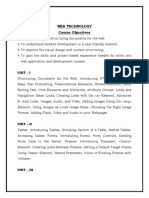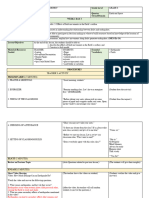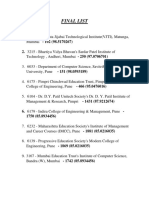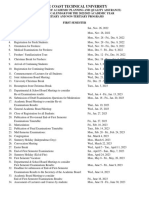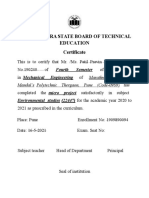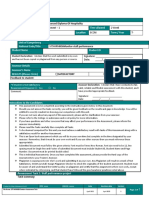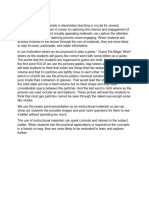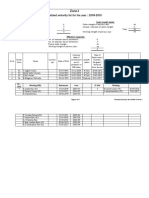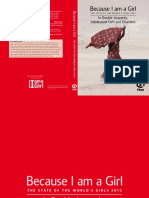0% found this document useful (0 votes)
13 views22 pagesTopic
The document outlines a Basic HTML and CSS Workshop scheduled for December 5-9, 2023, covering essential concepts of HTML and CSS, including their structure, elements, and styling techniques. Participants will learn to define HTML and CSS, understand their importance, and create a simple website. The workshop includes assessments and lesson planning strategies to enhance teaching effectiveness.
Uploaded by
Christopher PurciaCopyright
© © All Rights Reserved
We take content rights seriously. If you suspect this is your content, claim it here.
Available Formats
Download as DOCX, PDF, TXT or read online on Scribd
0% found this document useful (0 votes)
13 views22 pagesTopic
The document outlines a Basic HTML and CSS Workshop scheduled for December 5-9, 2023, covering essential concepts of HTML and CSS, including their structure, elements, and styling techniques. Participants will learn to define HTML and CSS, understand their importance, and create a simple website. The workshop includes assessments and lesson planning strategies to enhance teaching effectiveness.
Uploaded by
Christopher PurciaCopyright
© © All Rights Reserved
We take content rights seriously. If you suspect this is your content, claim it here.
Available Formats
Download as DOCX, PDF, TXT or read online on Scribd
/ 22













